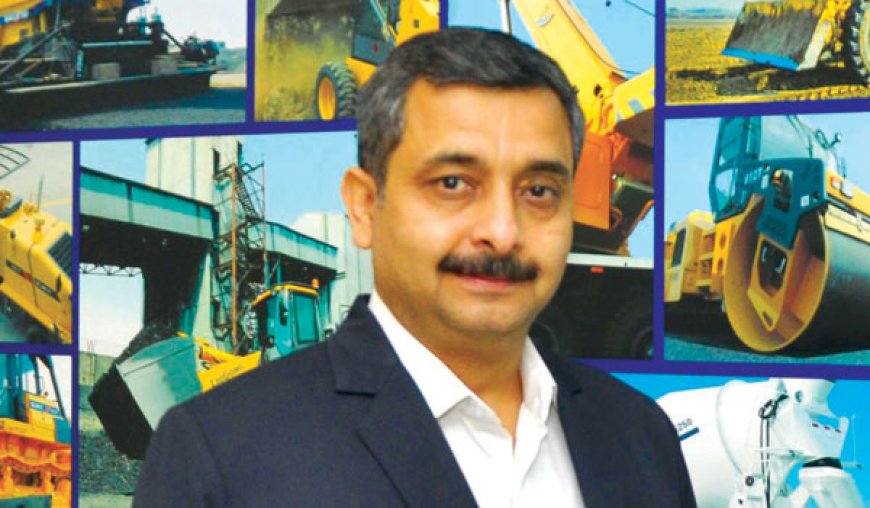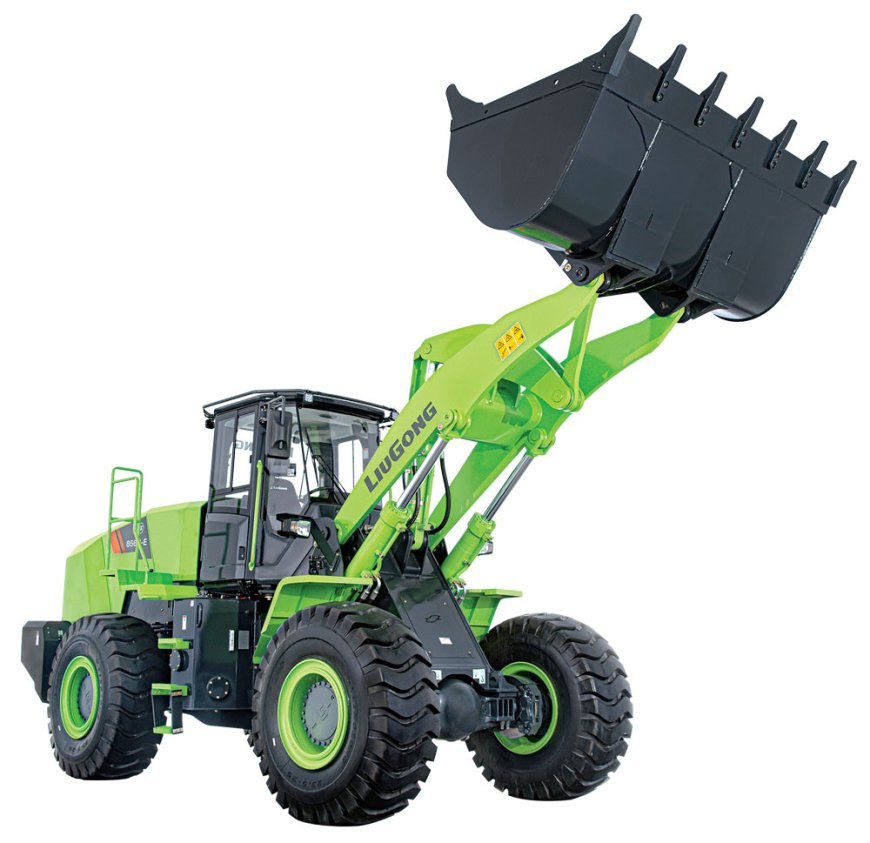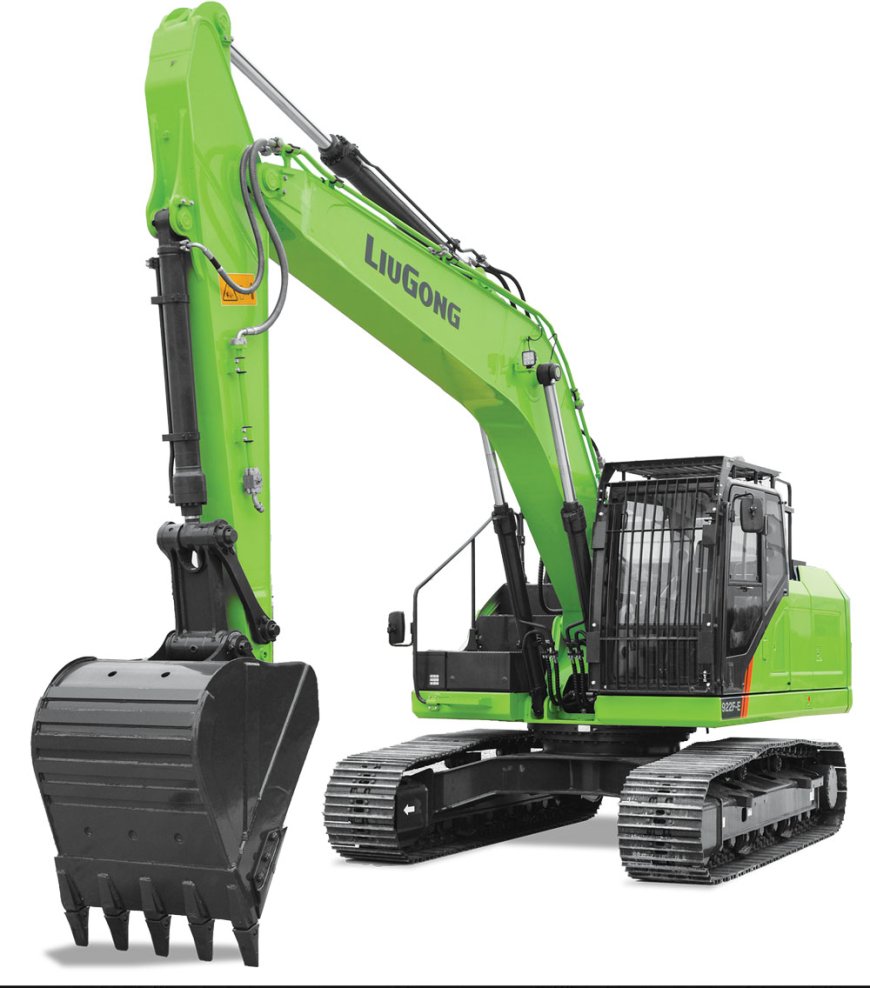Green construction equipment signifies a paradigm shift in the construction industry towards sustainability.

What sustainable technologies and practices has your company implemented in your range of construction equipment?
One of the most significant innovations in sustainable construction equipment is the development of electric-powered equipment. Electric-powered construction equipment produces no emissions during operation, making it an ideal choice for indoor projects and urban areas where air quality is a concern. Electric equipment also produces less noise pollution than traditional diesel-powered equipment.
Smart construction equipment incorporates the latest digital technology to optimize performance and reduce energy consumption. Sensors, GPS, and telematics can track equipment usage and provide real-time data on fuel consumption, engine performance, and equipment maintenance, allowing construction companies to identify inefficiencies and optimize performance.
The maintenance of construction equipment is the cause of around 40% of overrun costs on building projects. The early detection of potential problems with equipment saves time and money and can also maximize the lifespan of expensive machinery. By investing in a robust maintenance schedule and carrying out regular vehicle inspections, businesses can ensure their equipment runs efficiently and therefore avoid any unnecessary and wasteful downtime.
How do you foresee the role of green technologies evolving in the construction equipment industry over the next decade?
Green construction equipment signifies a paradigm shift in the construction industry towards sustainability. These eco-friendly machines prioritize reduced carbon emissions, lower fuel consumption, and employ advanced technologies like electric or hybrid power systems. From excavators to cranes, green construction equipment integrates innovative features for energy efficiency. The adoption of such machinery reflects a commitment to environmental responsibility and sustainable practices. Beyond ecological benefits, these machines often result in lower operating costs, making them economically advantageous.

What challenges do you face in incorporating green technologies, and how are you addressing them?
Despite the significant benefits of zero-emission construction equipment, there are several challenges and limitations associated with its adoption. One of the most pressing challenges is the limited availability of eco-friendly construction machines. While major manufacturers are beginning to offer electric construction machinery and other low-emission construction tools, the options remain limited, and many companies still rely on traditional, diesel-powered equipment.
Another challenge relates to the initial cost of these environmentally friendly construction vehicles. While electric construction machinery and other clean energy construction machinery have the potential to save costs in the long term, the high initial investment can be a deterrent for some companies. Additionally, the need for supporting infrastructure, such as charging stations for battery-powered construction equipment, can add to the overall cost.
Despite these challenges, efforts are underway to develop new technologies and make eco-friendly construction machines more accessible. For example, some companies are exploring the use of carbon-neutral construction equipment that runs on renewable fuels, such as biodiesel or hydrogen. Other initiatives aim to improve the infrastructure necessary to support zero-emission construction equipment, such as developing a network of charging stations.
How does your company plan to continue innovating in the realm of sustainable construction equipment?
We in LiuGong have the realm of sustainability in our DNA. We are continuously innovating new products for introduction in India.
We have already introduced two types of electric equipment in India market viz. Wheel Loader and Excavator. Going further we plan to introduce more green machines viz. Motor Graders, Dump trucks and compactors.
What are your thoughts on the regulatory landscape for green construction equipment, and how is your company preparing to meet these standards?
The regulatory landscape for green construction equipment is increasingly stringent as governments worldwide tighten environmental standards. This trend includes regulations focused on emissions reductions, energy efficiency, and overall sustainability in construction practices. Liugong recognizes the importance of complying with these regulations not only to meet legal requirements but also to align with market demands for environmentally friendly solutions. To prepare for these standards, Liugong has implemented several strategies:
Research and Development: Investing in research and development to innovate new technologies that reduce emissions, improve fuel efficiency, and enhance overall sustainability of their equipment.
Product Innovation: Developing electric and hybrid construction machinery that minimize carbon emissions and reduce dependence on fossil fuels.
Compliance Monitoring: Continuously monitoring regulatory changes globally to ensure their products meet or exceed environmental standards in different markets.
Partnerships and Collaborations: Collaborating with industry partners, government agencies, and research institutions to stay informed about emerging regulations and technological advancements.
Education and Training: Providing education and training to their workforce and customers on the benefits and usage of green construction equipment.
By proactively preparing and adapting to the evolving regulatory landscape, Liugong aims not only to remain compliant but also to lead in the market by offering sustainable solutions that meet customer expectations and contribute positively to environmental conservation efforts.

How important is customer demand for green technology in driving your company’s innovation?
Customer demand for green technology plays a crucial role in driving innovation at Liugong. As more customers prioritize sustainability and environmental responsibility, their preferences heavily influence the direction of product development and technological advancements within the company.
Here are several keyways in which customer demand for green technology impacts Liugong’s innovation:
Market Alignment: Liugong closely monitors and responds to market trends and customer feedback regarding environmental concerns. This alignment ensures that their innovation efforts are focused on developing products that meet current and future market demands.
Product Development: The emphasis on green technology motivates Liugong to invest in research and development of eco-friendly construction machinery. This includes advancements in electric and hybrid technology, as well as improvements in fuel efficiency and emissions reduction.
Competitive Edge: Meeting customer demand for green technology allows Liugong to differentiate itself from competitors in the marketplace. By offering sustainable solutions, they enhance their attractiveness to environmentally conscious customers and gain a competitive edge.
Regulatory Compliance: Anticipating and meeting customer demand for green technology helps Liugong proactively address regulatory requirements related to emissions standards and environmental regulations. This proactive approach ensures that their products are compliant and future-proofed against tightening regulations.
Brand Reputation: Responding to customer demand for green technology enhances Liugong’s brand reputation as a socially responsible and environmentally conscious company. This positive perception can lead to increased customer loyalty and trust.
In conclusion, customer demand for green technology is not just an influential factor but a driving force behind Liugong’s innovation strategy. By listening to their customers and aligning their innovation efforts with market preferences for sustainability, Liugong ensures they remain at the forefront of the industry in delivering environmentally friendly construction equipment solutions.








